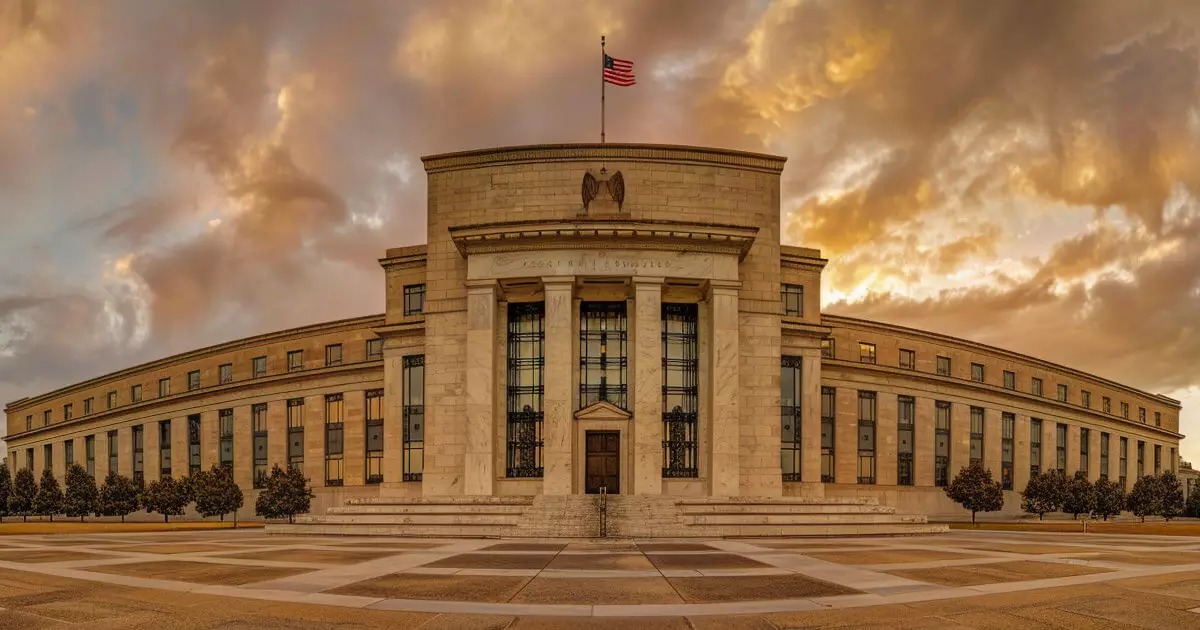In an era marked by technological disruptions, one might expect financial institutions to cautiously embrace emerging innovations, yet the narrative spun by the U.S. Federal Reserve suggests an unsettling dichotomy. Caitlin Long, the perceptive CEO of Custodia Bank, recently laid bare the Fed’s seemingly duplicitous approach towards cryptocurrency. On the surface, the Fed presents an image of regulatory accommodation, but a deeper dive reveals a steadfast commitment to policies that favor industry titans. Long’s analytical observations expose a troubling reality: the Fed isn’t easing the path for all; it’s creating an uneven playing field.
Policies That Favor the Few
The Federal Reserve rescinded certain guidelines last week, seemingly charting a progressive course. However, Long notes a conspicuous absence in these changes: vital restrictions that continue to curtail banks from engaging with crypto assets directly remain firmly in place. The ramifications of this oversight are significant. By barring banks from directly processing cryptocurrency transactions or issuing stablecoins on public blockchains, the Fed is inadvertently propping up a privileged class of financial institutions. This preferential treatment raises critical questions: Is the Fed genuinely interested in fostering innovation, or is it seeking to maintain the status quo at the expense of competition?
The Illusion of Innovation
The implications of the Fed’s current stance on crypto are especially concerning considering the rapid evolution of decentralized finance. Although the limited rollback of regulations may seem like an olive branch to the crypto sector, it merely serves to entrench larger players’ dominance over the nascent stablecoin market. Long’s stark warning that this strategy invites a monopolistic environment isn’t just fear-mongering; it’s a reality check about how regulatory inertia stifles creativity. By steering capital and resources towards permissioned networks managed by behemoth banks, the Fed essentially prioritizes their interests over those of the innovative startups that embody the spirit of blockchain.
A Political Awakening
Cynthia Lummis, a notable voice in the Senate, corroborates Long’s assessment, describing the Fed’s recent maneuvering as a facade. The implications of her critique go beyond dissatisfaction; they signal a brewing political awakening about the need for accountability in financial regulation. Lummis’s commitment to scrutinizing the Fed’s approach underscores a growing recognition that policymakers must challenge traditional powers that resist transformative change. This is particularly salient given that the tech-savvy public increasingly advocates for more equitable financial ecosystems that could foster broad participation rather than exclusion.
The Path Forward is Murky
Despite some factions within the government striving for a more conciliatory approach towards the crypto landscape, it seems that many entrenched interests are clinging to outdated paradigms. The stark reality is that federal regulators may take the backseat while new legislative measures are debated, thus slowing the momentum for decentralized finance. This inertia doesn’t just hinder innovation; it perpetuates a cycle where large banks retain their grip on power and influence, sidelining a diverse array of innovators striving to break through. As we reflect on the future of crypto and its role in our financial landscape, it’s critical to remain vigilant against policies that risk creating a glass ceiling perpetuated by the very institutions meant to inspire growth and innovation.

